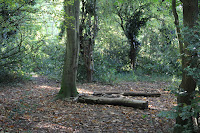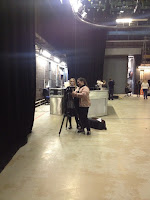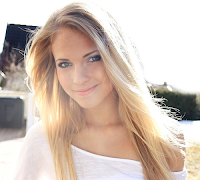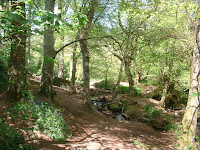For this editing workshop we were given a folder of shots from a tv programme and we were told to put them together according to the audio from the footage. The audio of the clip is the same in each shot so it wasn't too difficult when putting the different shot types together. However, there were a few shots where the audio was slightly different due to the way the actor or actress was saying the line. There were a variety of shots that were given to us and we had to use what we thought was appropriate. There were close-ups, mid shots, two person shots and more.
When starting the edit we were told to start with a particular audio clip to help us put together the rest of the shots given. We needed to match the audio with the video for some of the clips, which meant that the editing was challenging. I found that the male character said his lines differently in the majority of the different shots. For example; in some shots he said his lines quite slowly and in others he said his lines quite quickly. I found the matching of the audio and the video quite tricky for his parts as his lips didn't actually match up to the audio.
I managed to find a way round the audio and the video not matching 100% and I think it's worked well. Also in this lesson we were told that it would be useful for us to put the shots into bins. This makes the workspace a bit more organised and also it will help us know where all of the shots are when editing. When I start to edit my own clips I will put them into separate bins so I can have an organised workspace/
































